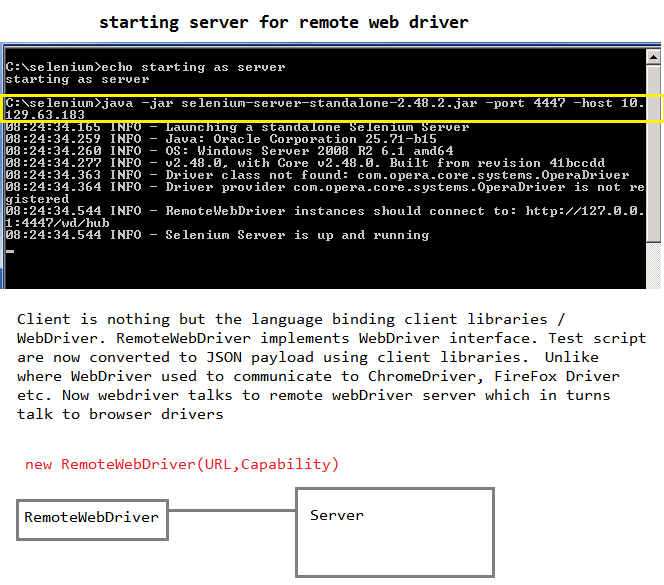In a automated car parking facility we have 10 parking racks
"Rack-01", "Rack-02", "Rack-03", "Rack-04", "Rack-05", "Rack-06", "Rack-07", "Rack-08",
"Rack-09", "Rack-10"
need to maintain a record of which parking rack is free and which is occupied through Java
package CollectionFramework;
import java.util.Arrays;
import java.util.Collection;
import java.util.HashMap;
import java.util.Iterator;
import java.util.List;
import java.util.Map;
import java.util.Map.Entry;
import java.util.Set;
public class CarParking {
static Map<String, String> rackMap;
static String rackNumber;
static List<String> rackList;
public static void main(String[] args) {
// TODO Auto-generated method stub
CarParking parking = new CarParking();
rackSpace();
parking.parking(new String[] { "Rack-01", "Rack-10" });
parkTheCar();
checkRackSpaceStatus();
}
public static void rackSpace() {
// Creating the racks
rackList = Arrays.asList("Rack-01", "Rack-02", "Rack-03", "Rack-04", "Rack-05", "Rack-06", "Rack-07", "Rack-08",
"Rack-09", "Rack-10");
// adding racks in the map
rackMap = new HashMap<>();
// by default all parking racks are free
for (int i = 0; i < rackList.size(); i++) {
rackMap.put(rackList.get(i), "Availale For Parking");
}
}
public static void checkRackSpaceStatus() {
System.out.println("");
System.out.println("******< PARKING STATUS >******");
Set<Entry<String, String>> set = rackMap.entrySet();
Iterator<Entry<String, String>> iterator = set.iterator();
while (iterator.hasNext()) {
Entry<String, String> next = iterator.next();
System.out.println(next.getKey() + " :"+"\t" + next.getValue());
// System.out.println(iterator.next().getValue());
}
}
public static void parkTheCar() {
}
public void parking(String[] cars) {
for (int i = 0; i < cars.length; i++) {
rackNumber = cars[i];
// System.out.println(rackMap.get(cars[i]));
if (rackMap.get(rackNumber).equals("Availale For Parking")) {
rackMap.remove(rackNumber);
// System.out.println(rackMap.get(rackNumber));
rackMap.putIfAbsent(rackNumber, "Occupied");
// rackMap.put(rackNumber, "Occupied");
System.out.println("Parked car at " + rackNumber );
}
}
}
}
Parked car at Rack-01
Parked car at Rack-10
******< PARKING STATUS >******
Rack-03 : Availale For Parking
Rack-02 : Availale For Parking
Rack-05 : Availale For Parking
Rack-04 : Availale For Parking
Rack-07 : Availale For Parking
Rack-06 : Availale For Parking
Rack-09 : Availale For Parking
Rack-08 : Availale For Parking
Rack-10 : Occupied
Rack-01 : Occupied

















